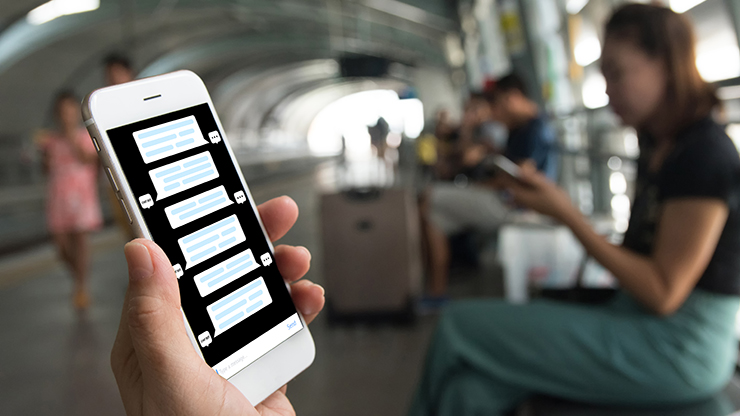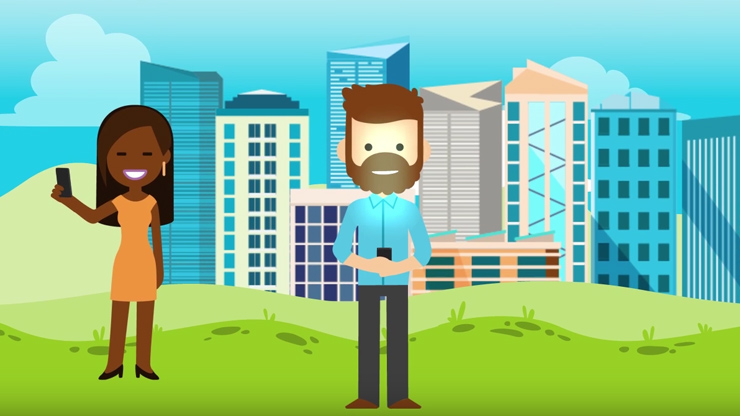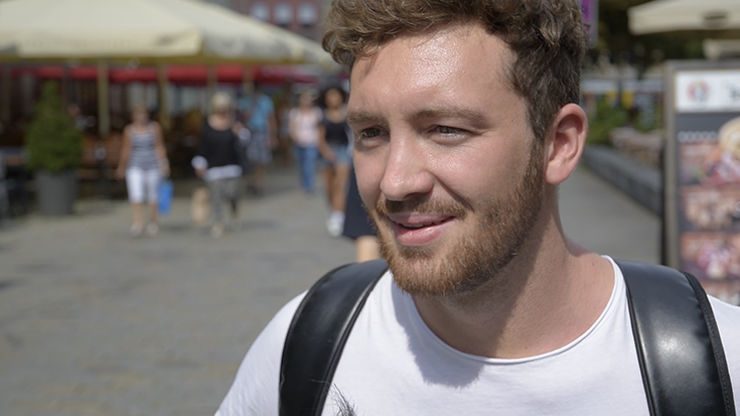
The smartphone and other digital devices like tablets have changed the way we communicate. E-mails, messenger apps and social networks are an integral part of conversations, influencing how, when and why we talk to each other. Today we write messages much more than we talk to one another. The classic phone call is passé, instead we prefer to text via messaging apps or send a short voice recordings. This applies especially to the so-called digital natives.
Messenger services, however, don’t just fulfil the function of a conventional SMS. They allow for more: sharing images and videos, voice messages and group chats. On the one hand, they’ve opened up so many new possible means of communication, but on the other, they’ve replaced the conventional telephone call.
And that goes hand in hand with a shift in back and forth communication: For instance, when someone writes a text message, they don’t get to listen to what their interlocutor has to say, but rather just “send” their message. It’s non-simultaneous and first of all one way. This can be practical and efficient for everyday needs. Talking on the phone usually requires a little more time. A message, on the other hand, is quickly typed, a voice message quickly sent. A pragmatic form of communication, certainly, but one that has led to another phenomenon: The recipient of such short messages often feels the need to respond immediately. Because the sender often expects a quick answer.
On top of all that: Today, photos are taken of everything and everyone. On vacation, in a restaurant or in a concert – photos are status messages that are posted or shared across social media. And not just shared! Pictures drive comments and often kick off whole conversations. For example, posting a selfie in your feed is an invitation to others online – you want to tell a story about yourself. This is part of self-representation and identity formation. But it’s doesn’t stop at the creation of one’s personality, it’s about communication at the same time – because we want to let other people participate directly in our own lives.
The collection of conversations and images resulting from this communication is then always available. Conversations and shares and likes on one’s social media profile remain there, for all to see as often as one wishes to check. The smartphone has thus also become an additional social archive that we carry around with us and can review on a daily basis.

With the digitalization and the triumph of the smartphone, human communication has changed, offering innovative means of self-expression and communication while providing a much faster dynamic. It’s important not to lose track, though, not to feel pressured or stress. A serious challenge comes along with these new forms of communication. So, this dynamic can and should be a topic for discussion among family and friends. It’s important to talk about the “compulsion” to answer immediately, in order for changing forms of communication to continue to offer opportunities and strengthen social interaction.
 Communicating through and even with digital media itself means using many different communication channels.
Changing communication
Communicating through and even with digital media itself means using many different communication channels.
Changing communication
 For advertising to work, it has to be visible. That works best for forms of media that people want to use and do so often.
We’re the advertisers
For advertising to work, it has to be visible. That works best for forms of media that people want to use and do so often.
We’re the advertisers
